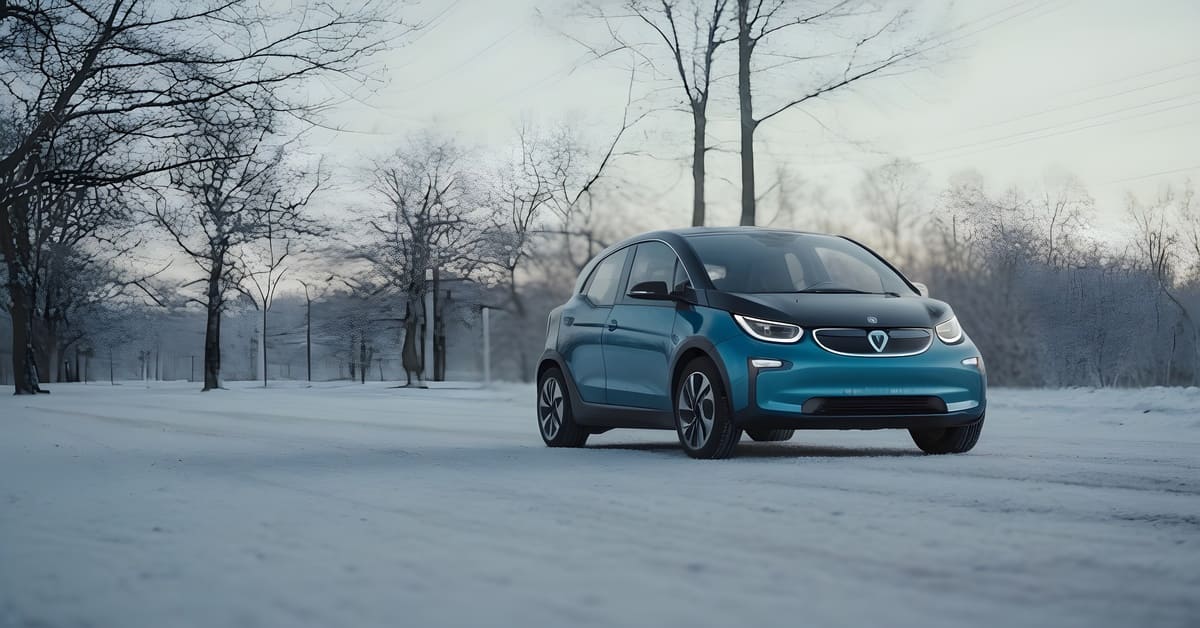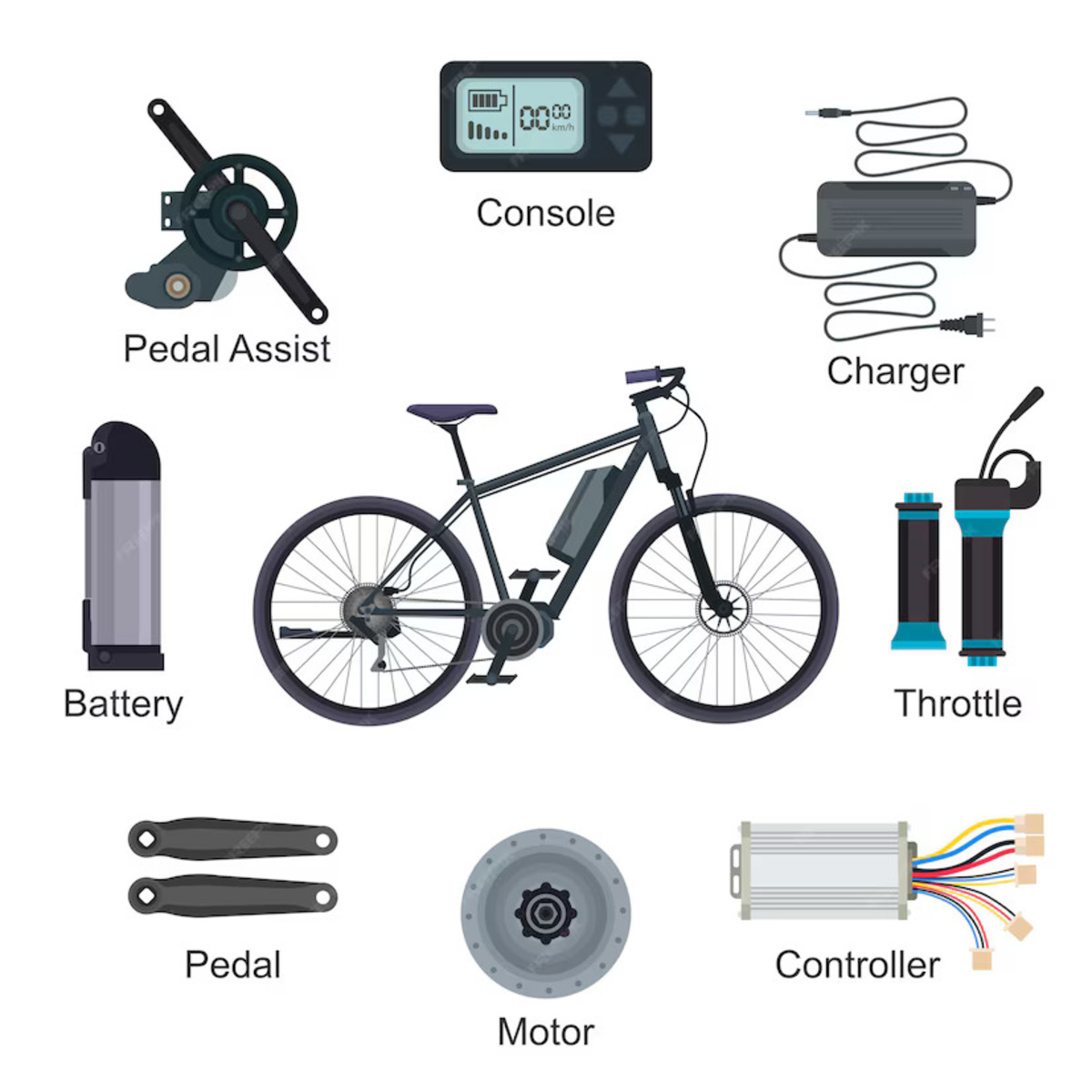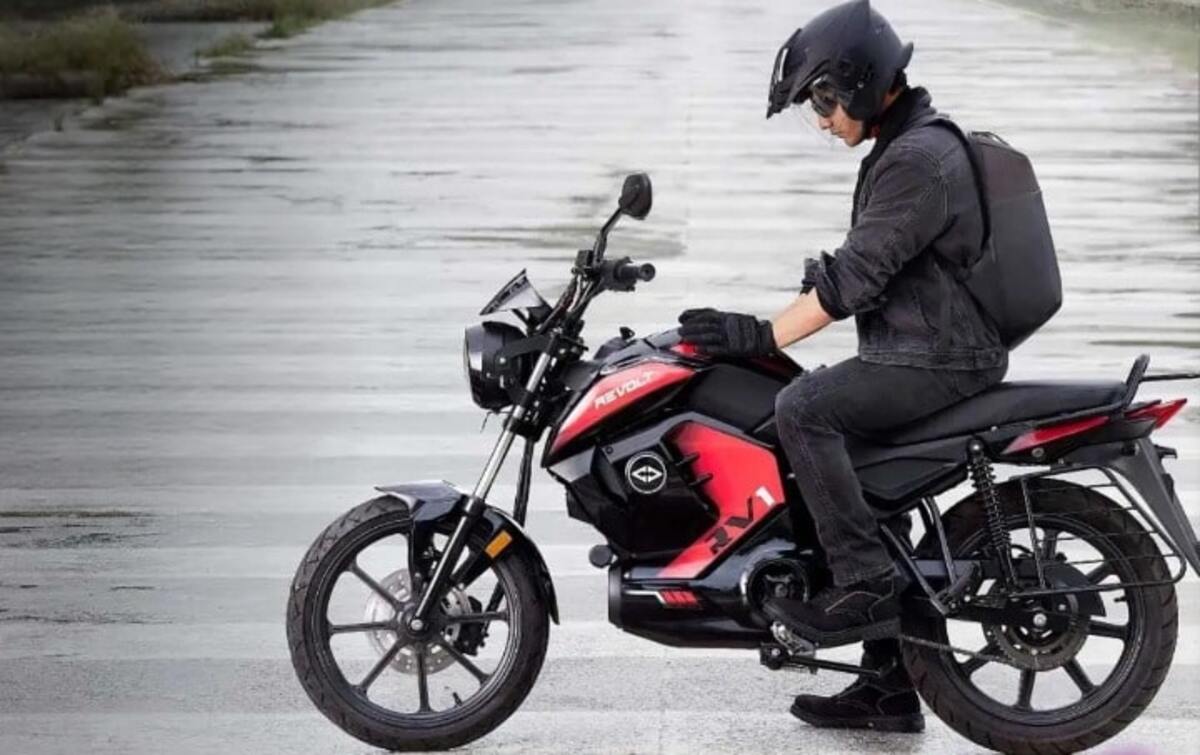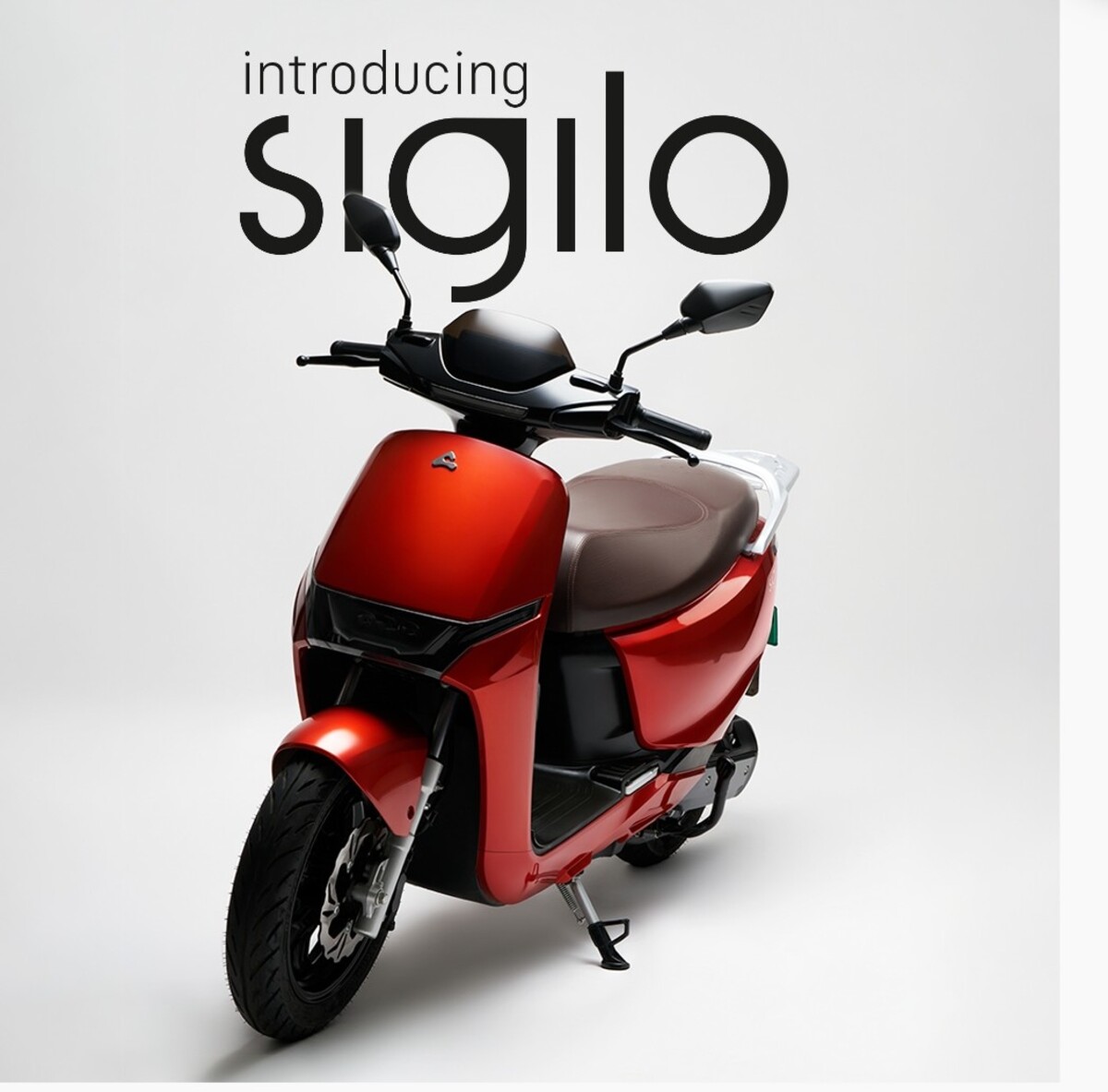As the demand of electric vehicle continues to rise, so as we must be aware of: How Weather Affects Your EV Charging. EV technology continues to improve, so you can see a surge in EV sales. The customer demand propelled the automakers to come up with advanced technology. The key technologies of EVs are used to decarbonize the transport sector. They are becoming popular as they provide a sustainable and eco-friendly ride. Gradually, improvements in EV technology have made them on par with traditional vehicles, especially in terms of performance and range.
When we talk about reliability and convenience, electric vehicles are the first that come to mind. There is no doubt that EVs are on the verge of capturing the market. The growth of electric vehicles is anticipated because of improvements in batteries and charging stations.
How Weather Affects Your EV Charging And The Impact On EV Battery Performance, Range, and EV Charging speed
Research shows that weather patterns affect the charging speed and overall performance of an electric vehicle. When the temperature increases, owners of electric vehicles get concerned about it, as it becomes challenging for them to manage their vehicles so that they will run smoothly in the changed temperature.
When you regularly use your electronic gadgets, such as laptops, mobiles, etc., in extreme hot and cold temperatures, their speed also gets slow. The same happens with EVs; extreme hot or cold temperatures not only reduce the range of the battery but also shorten its battery life. The main reason behind that is simple to understand. The majority of EV batteries are made of lithium. Because of heat, when a chemical process occurs, it disturbs the equilibrium that is set inside the battery and leads to a degradation of the performance of the EV and battery.
When the fluid viscosity changes, it decreases the efficiency of EVs. When the temperature (cold weather) reduces, it slows down the movement of liquid electrolyte in EV batteries, which reduces the power, range, and charging speed of EVs as well as the battery output.
You should avoid charging your battery at high temperatures, as it leads to unwanted reactions in the battery and slows down the range and longevity of the battery. When lithium batteries get charged at high temperatures because of surged diffusivity, it damages the anode and accelerates the formation of the Solid Electrolyte Interphase. (SEI) Lithium batteries are more sensitive to cold temperatures.
When you drive an electric car at a cold temperature, its energy consumption increases, and the vehicle gets heated, which draws more power from the battery and lessens the driving range.
The internal resistance of an EV gets increased in cold weather, which slows down charging. When batteries are cold, they take more time to get charged as they do not accept the same charging rate in cold and warm temperatures. High temperatures affect battery life and lead to battery drain.
If your EV is continuously exposed to cold weather, it can damage the battery. Although the thermal management system of the battery minimizes the effect of heating the battery in cold weather, the performance of EVs depends on various factors, such as battery chemical composition, battery physical attributes, etc.
When the temperature goes down, the performance of the EV decreases by 20 percent, and then it takes longer to charge it. It would be better to use a fast charger so that the charging speed would not be decreased. EV range gets lower in cold weather as additional heat and lights need more energy to operate. Besides that, wet and icy conditions increase the usage of energy by up to 10 percent. You must have noticed that the speed of charging your vehicles varies throughout the charging session, and it depends on your battery charge. If your battery is low, charging begins at a slow rate and accelerates gradually, which is known as the charging curve.
When you use an electric vehicle in cold weather, it affects the driving range because EVs need more electricity to maintain the temperature of the battery and perform other energy systems that can be used to warm your car seats.
The ideal operating temperature for an EV battery is around 20–40 degrees Celsius; that may vary according to model, but it is difficult to achieve this degree of temperature in winter.
Click here to read: How Fast Charging Impacts Electric Vehicle Battery
Click here to read: EV Battery Swapping: A leading technology
Measures to be taken for EV Charging in Cold Weather?
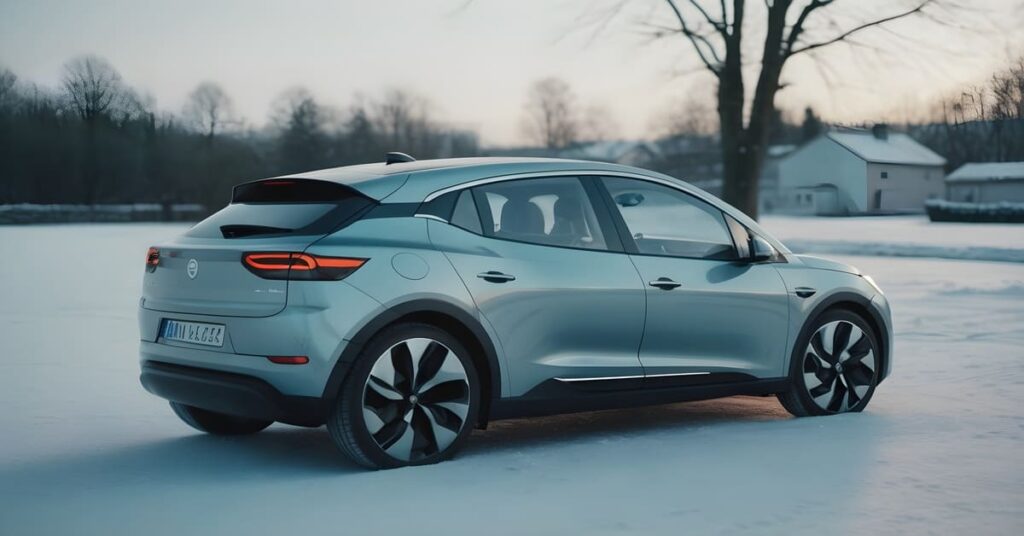
The owners of electric cars may be worried about how difficult driving would be in extreme cold weather. It does not mean that you should not use your electric vehicle in cold weather, but you should be aware of the precautions you can take to do EV charging in cold weather.
- Drive frequently for a shorter distance: The biggest challenge during the winter is to keep the battery warm. If you drive frequently, for shorter distances, it will help to keep the battery warm.
- Fully charge your EV: EV needs more charging in cold weather than other days, so ensure that, whenever you use them, they are fully charged so that they will not leave you in a lurch.
- Regenerative braking: Regenerative Braking collects the energy that is lost while breaking, and this energy is used to recharge the battery. It helps to use all energy and extend the range of your battery, especially in winter when the EV’s range gets reduced.
Tips For Increasing The Range And Charging Speed Of Electric Vehicle In Winter
When you are charging your EV in extreme cold and hot weather, it is arduous to understand how to optimize EVs during the hot and cold weather. But if you follow these strategies, EV charging issues can be mitigated.
- Charge your EVs in warm area: If there is a possibility, charge your vehicle in warm area. You have the option off preheating too; before starting to drive your EV, you can preheat it, which would help in warm up the battery.
- Use a battery warmer: A battery warmer is a wrap that you can wrap around your battery, and it helps to prevent the fluids from freezing and does not diminish the power capacity. It increases the range of EVs.
- Worth to invest in snow tyres: Snow tyres also known as winter tires, are designed in such a way that they improve traction with deeper tread depths. They have a higher rubber content, which provides better grip than summer tyres. The Zig-Zag grooves help to expel the water beneath the tyres and enhance the performance of an EV. Snow tyres make driving easy in snow or rain.
Tips For Increasing The Range Of EVs In Summer Heatwaves
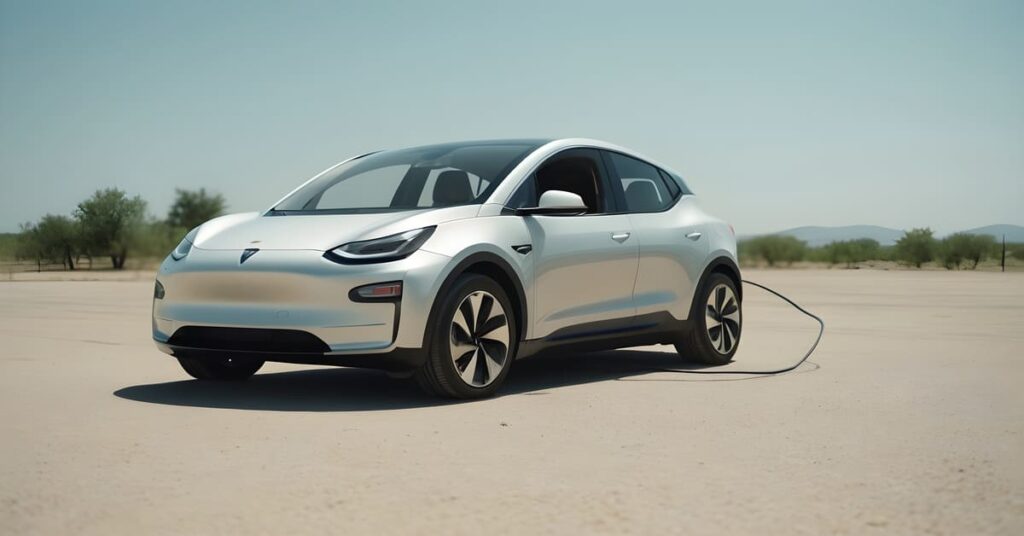
Handling EVs in heatwaves is a crucial task, but by following the given tips, you can increase the range of your EV in heatwaves.
- Use a thermal management system: It is a system that is used to manage the temperature of the battery during charging and helps in increasing the efficiency of the vehicle.
- Charge during cool hours: You can charge your EV during cool hours, such as in the early morning or late at night, to improve its speed.
- Park in a shaded area: To protect your EV from heatwaves, you can park your vehicle in a shaded area so that it may be protected from direct sun exposure.
- Use a smartphone app: The app is used not only to manage the charging session but also to pre-cool your vehicle when you start your journey.
Tips To Increase The Efficiency Of Vehicles All Year
Apart from heatwaves and winters, EVs are required to be maintained all the time. By following these tips, you can increase the efficiency of electric vehicles all year:
- Always use a level 2 charger: Level 2 charger is considered the best to charge your electric vehicle. Level 1 is a cheaper but very slow, and it takes more time to charge the vehicle.
- Regular monitor: If you regularly maintain the electric vehicle, it increases the performance of the battery.
- Set charging schedules: Setting charging schedules, especially during off-peak hours, can be beneficial for you because of the low rate of electricity. By installing software, you can track the usage of electricity and identify patterns to optimize the charging schedules.
Additional Tips For Driving EVs Safely In The Winter
Driving an electric vehicle in the winter can be troublesome if you do not drive it safely. You should check the weather before you leave to drive. The winter season has several challenges for drivers, but you can ensure your safety by following the given tips and tricks:
- Check the wipers on your windshield: The wipers remove dirt, water, and other debris quickly to clean the glass. If the windshield wipers appear damaged, you should replace them before going to drive.
- Do not drive hurriedly: During the winter, roads become more slippery, so you should drive slowly. To prevent any mishaps, stopping distance from other vehicles should be avoided, and for this, you must not drive in a hurry, so allow yourself to take extra travel time that can make your journey longer.
- Anti-lock braking system: The aim of the anti-lock braking system (ABS), also known as the anti-skid braking system is to provide safety and lessen the chances of wheel lock. It is an automated system; when you hit the brake harder, it starts working automatically. It even helps the car avoid skidding while braking hard. This feature is useful at all time but it is more useful during the winter, when the roads are wet.
- Ensure your electric vehicle headlights are working properly: During the winter, if there is fog or snow, you may need to adjust the headlights. To avoid any collisions, you should check that the fog lights are visible to other drivers.
- Check your car’s fluid and engine oil: Before driving your EV, you should check that your car has enough brake fluid, wiper fluid, and engine oil to run smoothly and avoid any mishaps.
Conclusion
This problem, the charge of EVs getting affected by weather, needs more attention as EVs will dominate the road in the next decade. Electric car owners become more conscious during the cold weather. The battery pack inside the EVs is more suitable for operating in a fixed temperature range, and it helps increase the efficiency of the EVs. EV drivers will surely experience a degradation in the battery’s performance during the winter, followed by a low battery range. Although changing the weather is not in our hands, yet the given tips can be helpful to lessen the impact of the winter season on your battery’s performance.
